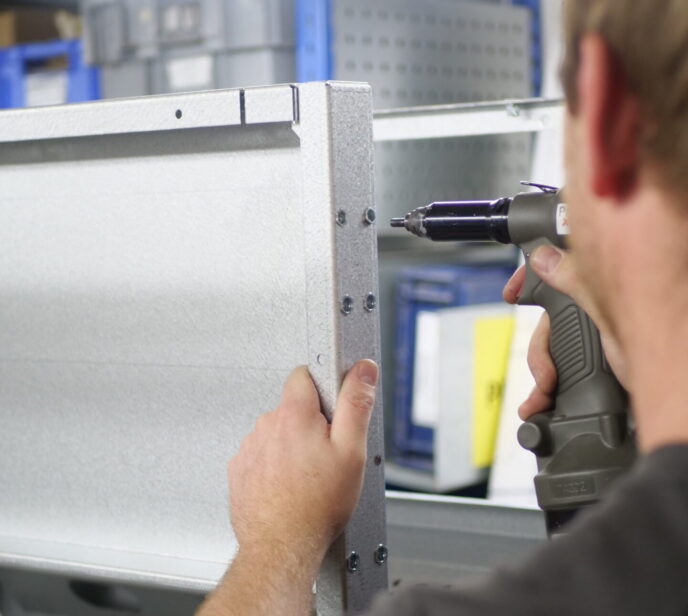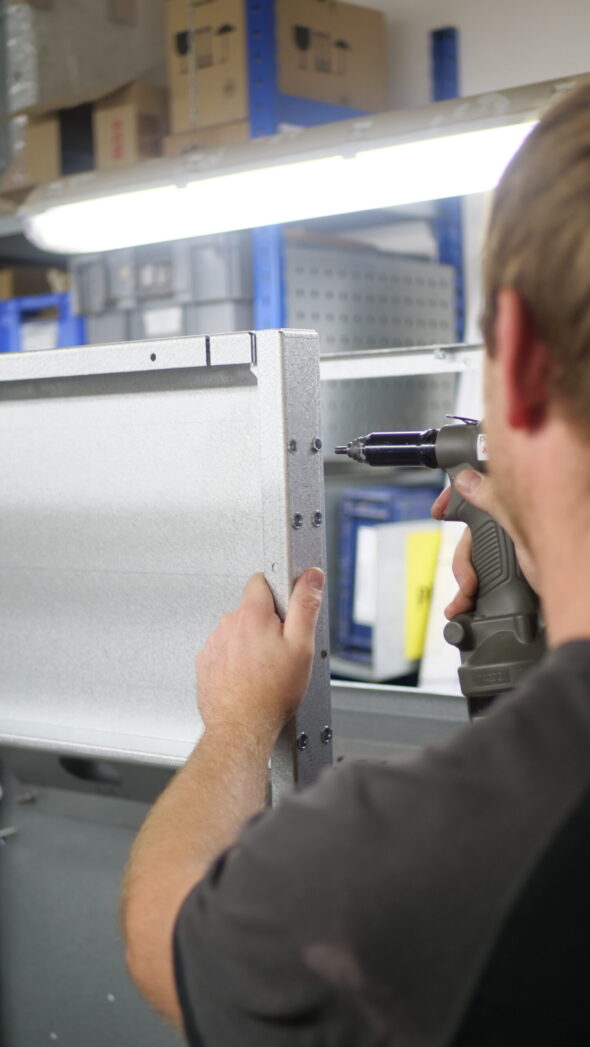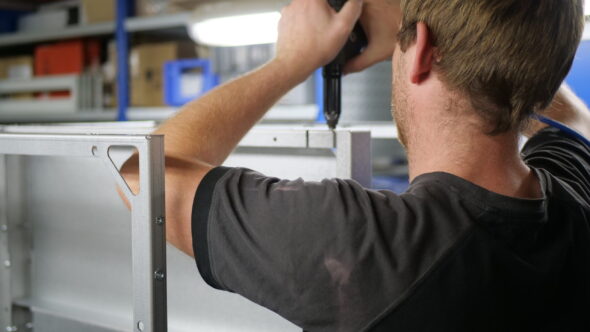This process is mainly used with weld nuts and weld studs in order to create the strongest possible joints, in which nuts cannot come loose under any circumstances.
An older spot welding process used to be employed to fasten weld nuts with filler material, but this process no longer conforms to standards. Capacitor welding, on the other hand, is much more effective because it heats and welds the entire locking element.
Welding vs. press-fitting
Welding and press-fitting both offer advantages and disadvantages, so it is important to understand when one or the other should be used. A press screw is better for strength connections because the screw can be stressed in tension, torsion, and even bending. Welding screws may only be stressed in tension. Once a force is applied other than in the axis of the bolt, it may break. Welding is mainly easier, less demanding on the equipment. It can be done anywhere – in the workplace or outdoors. Compared to pressing, it is less precise because manual seating in position is required.
Which screws are weldable?
Of course, not only screws, but also other locking elements made of suitable materials, such as bolts and nuts, are weldable. However, not all screws, bolts, or nuts can be effectively welded.
Whether an element is weldable depends on the strength class. High-strength bolts with strength classes 8.8 or 10.9 can become brittle from the welding process and may then fail unexpectedly under dynamic stress. 4.6 or 5.6 bolts, on the other hand, can be welded without any problems.
If you are interested in how we can assist you with your project, please feel free to contact us!

 +420 388 314 321
+420 388 314 321  obchod@prostor-design.cz
obchod@prostor-design.cz 



